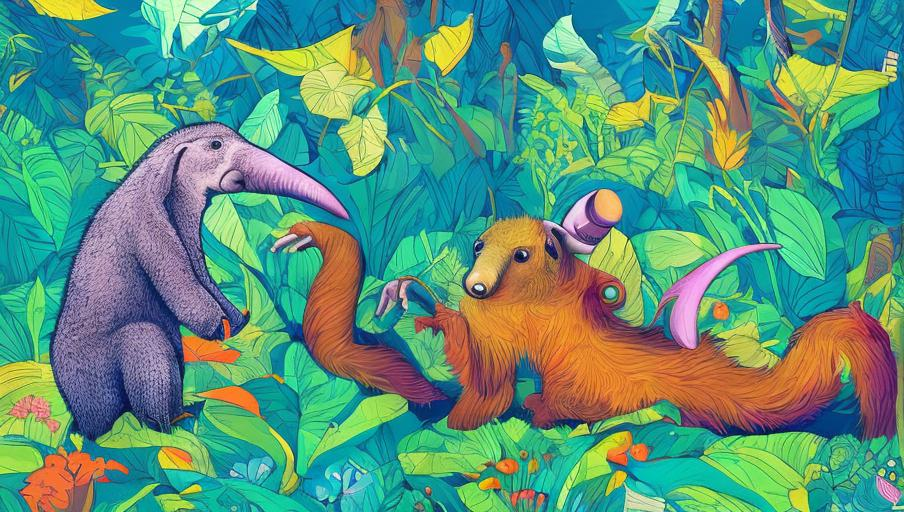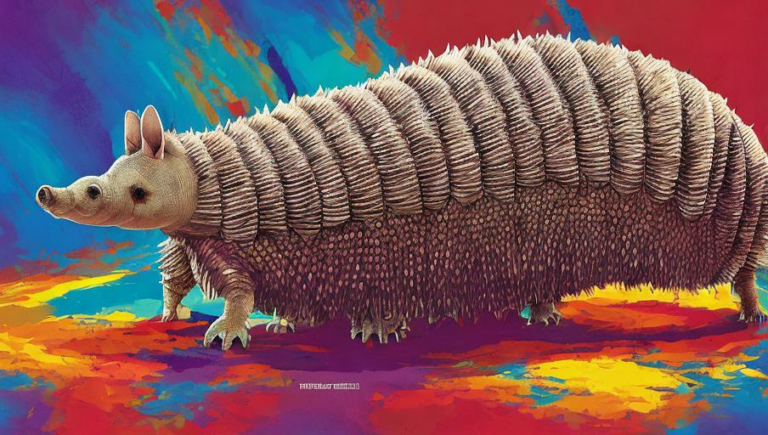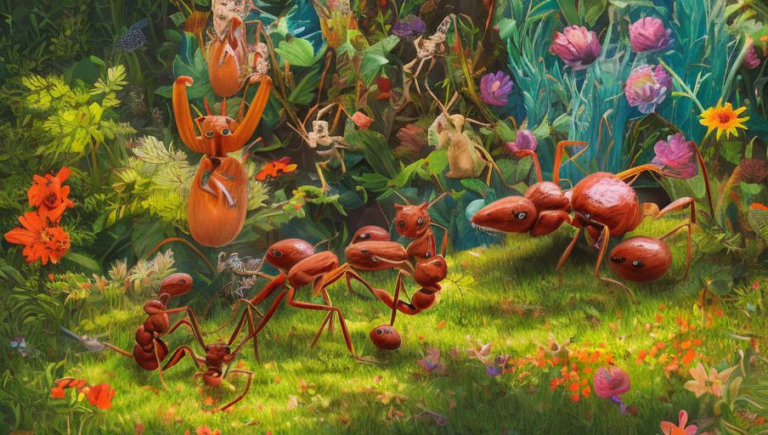Your Guide to the Anteater: An Overview

Introduction to the Anteater
The anteater is an unusual and unique creature found in the tropical forests of Central and South America. It is an insect-eating mammal that is easily recognizable by its long snout, long tongue, and sharp claws. There are four different species of anteaters, and they range in size from the giant anteater, which can reach up to 7 feet long, to the silky anteater, which is only about 6 inches long. Anteaters are fascinating creatures with a variety of behaviors and ways of living in their habitats.
Anatomy and Physical Characteristics
Anteaters have a long, slender snout which is used for sniffing out food, such as ants and termites. They have a long, sticky tongue that can reach up to two feet in length and is used to capture and eat their prey. Anteaters have small eyes and ears, and they have a heavy coat of fur to protect them from the elements. Anteaters also have strong claws that they use to dig and tear apart logs and other materials while searching for food.
Diet & Feeding Habits
Anteaters are strictly carnivorous, meaning they will only eat insects, such as ants, termites, and larvae. Their long tongues are well adapted for lapping up ants and termites from their nests and burrows. They have no teeth, so they must rely on their tongues to swallow their prey whole. Anteaters can eat up to 30,000 ants and termites a day and will spend up to eight hours a day foraging for food.
Behavior and Social Structure
Anteaters are solitary creatures and will only come together during mating season. They are active during the day and will spend their nights sleeping in hollow trees or burrows. They have a slow and deliberate gait, which is necessary for them to be able to smell out food. When threatened, anteaters will stand up on their hind legs and use their sharp claws as a defense mechanism.
Habitat and Population
Anteaters live in tropical forests and savannas in Central and South America. Their populations are declining due to deforestation and other human activities. Conservation efforts are being made to protect these animals, and the International Union for the Conservation of Nature (IUCN) has listed all four species of anteaters as Near Threatened.
Conclusion
The anteater is an unusual and fascinating creature that can be found in the tropical forests and savannas of Central and South America. With its long snout, sticky tongue, and sharp claws, the anteater is a unique animal that is well adapted for foraging for and eating ants and termites. Unfortunately, their populations are in decline due to human activities, but conservation efforts are being made to protect them.





